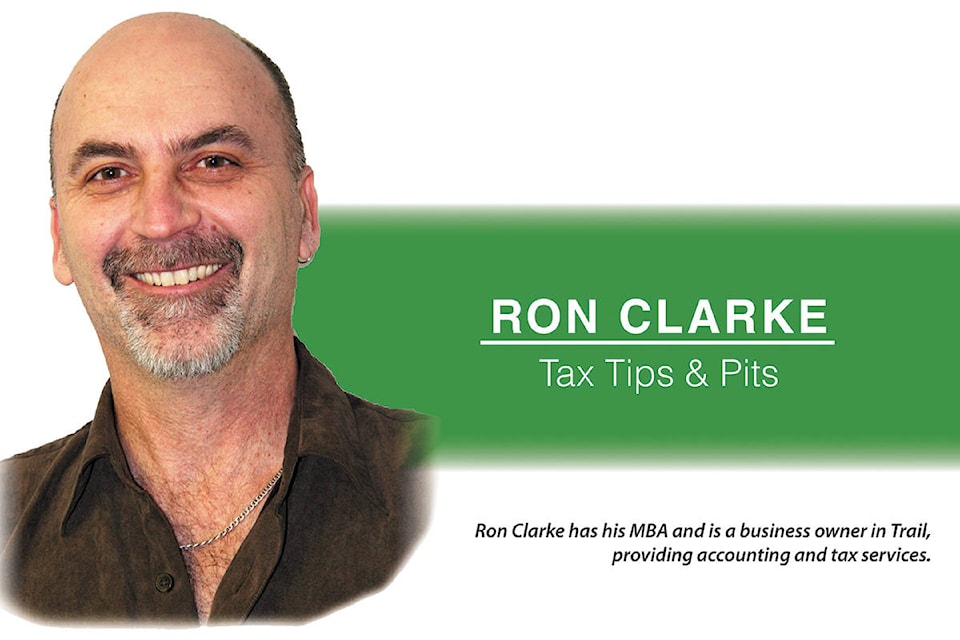You own and operate a business. You purchase goods and services from other businesses so that you can do what you do in your business that makes you money.
You pay your suppliers. You pay them GST if their goods and services are GSTable and if they are registered.
Sounds like the normal course of business, among businesses. No risk to you as a business owner, right?
What if a supplier is not registered for GST and should be? This business has not been charging you GST and it should have been. When this is discovered by Canada Revenue Agency (CRA), who has to pay the GST?
Well if there is a retroactive GST registration for that business, then you will likely be asked to pay all the back-tax of GST that should have been charged to you. However, you then claim that GST as an input tax credit (ITC). The ITC amount is subtracted from the GST you have collected on your sales, effectively lowering the GST you remit to CRA such that the GST you paid does not impact your expenses.
What if a supplier is registered with GST, charges and collects GST on the sales it makes to your business, but then does not remit the GST it has collected to CRA?
Worse, let’s say this shady supplier vanishes. In effect stealing the GST it’s supposed to remit to the government.
You’re safe, right? After all, your business paid the GST charged on the shady supplier’s invoices.
Unfortunately, your business may not be in the clear.
As it goes, in the normal course of business your business has been including the GST paid on the goods sold to you by the shady supplier as ITC. This amount has been reducing the GST your business has been remitting to CRA.
This means CRA has been ripped off the GST owed by the shady supplier, and at the same time, CRA has allowed your business to claim that GST as an ITC.
This is a double hit to CRA, and CRA has recourse, and that recourse may involve your business.
Assuming the vanished business can’t be found by CRA and the shady supplier made to pay-up the GST, then CRA pursues the blameless businesses that have purchased from the vanished business. CRA reverses the ITCs claimed and forces the blameless businesses to pay back the ITC amounts to CRA.
How can this be possible?
CRA argues, and the Tax Court of Canada has agreed, that when a business purchases a good or service, the payment for that good or service must be paid to the “real supplier” in order to be entitled to claim the ITC on that good or service.
To this end, it is up to the purchasing business to prove to CRA that the business named on a paid invoice is the same legal entity that supplied the good or service. This involves logging into the government’s GST Registry and matching the business name with the GST number, and confirming both appear on the invoice. In fact, CRA recommends getting a copy of the driver’s license of the proprietor, or of the shareholder in the case of a corporation.
Is it worth the effort? What is the value of your ITC with each supplier?
Ron Clarke has his MBA and is a business owner in Trail, providing accounting and tax services. Email him at ron.clarke@JBSbiz.ca. To read previous Tax Tips & Pits columns visit www.JBSbiz.net.
